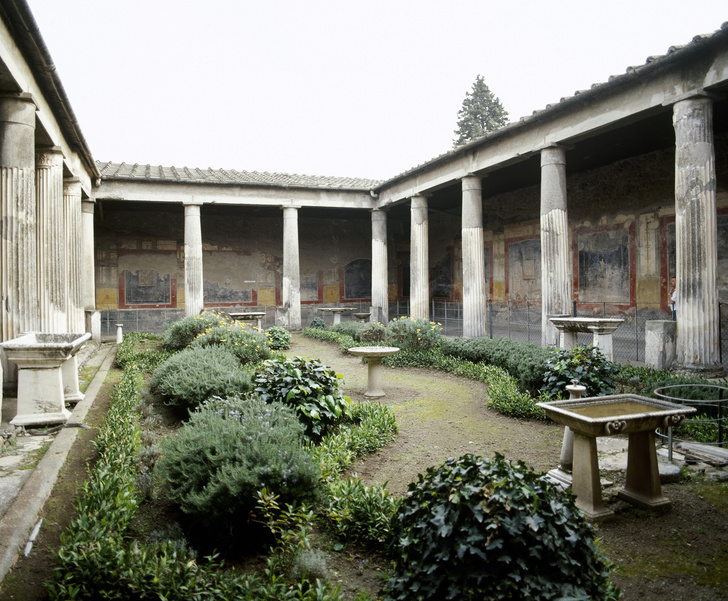In ancient Roman Pompeii, one of the most luxurious villas was opened to the public - the House of the Vettii, which was under the rubble for almost two thousand years, and then restoration continued for another twenty years.
The house, which is considered one of the outstanding examples of ancient Roman art of the 1st century AD, is frozen in time. The catastrophe of 79 saved the then life in this corner of Italy under volcanic ash and collapsed parts of buildings.
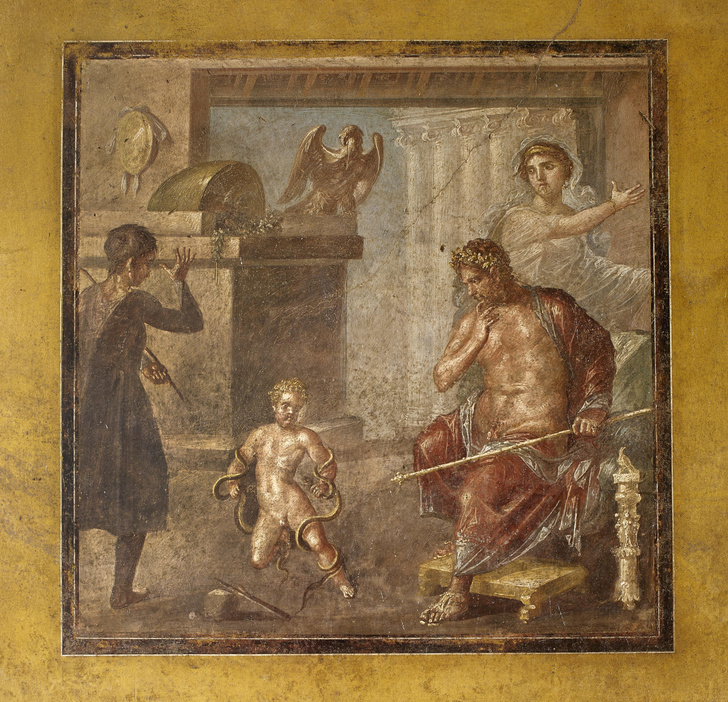
The rich frescoes, a room with a 15-meter frieze (an architectural structure under the ceiling), decorated cupids, many statues and other works of art remained almost intact at the Villa Vettii.
This house is located in one of the richest areas of Pompeii. Its owners were the brothers Aulus Vettius Conviva and Aulus Vettius Restitut, former slaves who, after gaining their freedom, got rich selling wine and agricultural products.
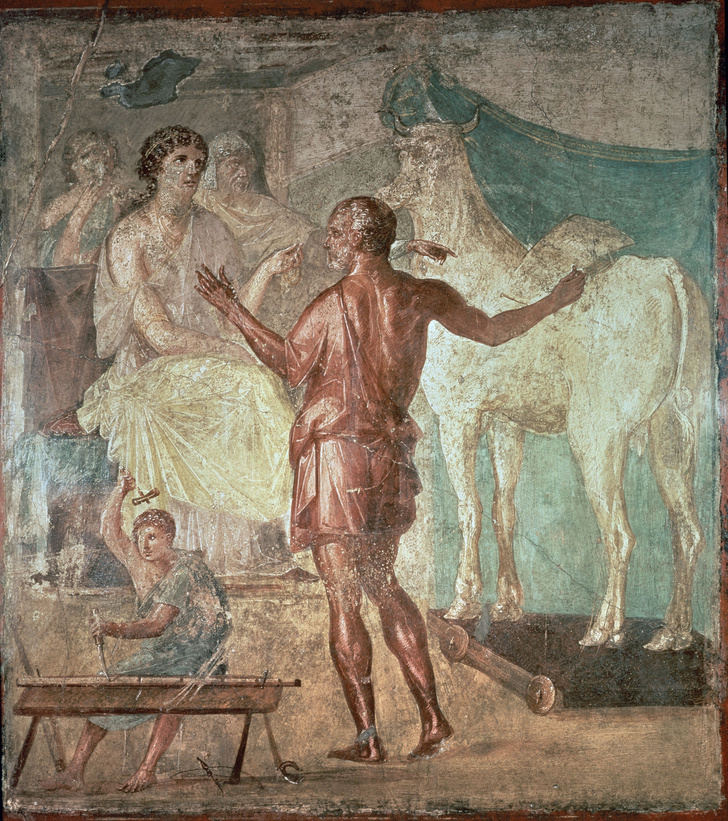
The Vettii brothers bought two houses in the aristocratic quarter. These buildings, apparently, belonged to a ruined old family, survived the earthquake of 63, although they were badly damaged, and were sold to the "new rich".
“The House of the Vettii is the history of Pompeii and, in fact, Roman society in one house. It’s like the local Sistine Chapel,” said Gabriel Zuchtrigel, director of the Pompeii Archaeological Park.

"We see here the last phase of Pompeian wall painting with incredible detail - you can stand for hours in front of these images and still discover new details."
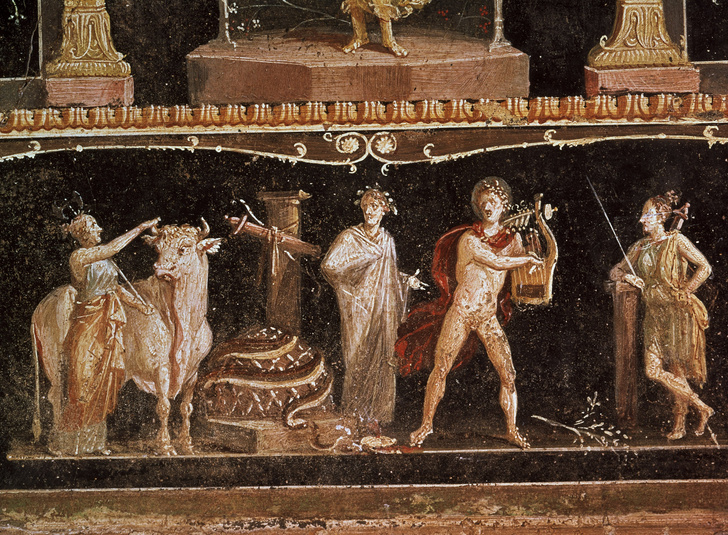
Today, in the grandiose villa, you can see bronze and marble statues, newly planted and ennobled gardens, fountains and entire marble walls, extravagant frescoes and paintings that depict scenes of sacrifice, hunting, Greek mythology and erotic scenes.
One of the most famous frescoes is the Greek god of fertility, Priapus. He settled down right at the entrance to the house, leaning against a bag of money. An image with a huge phallus could symbolize the wealth of the owners, as well as impress (or even frighten) visitors.
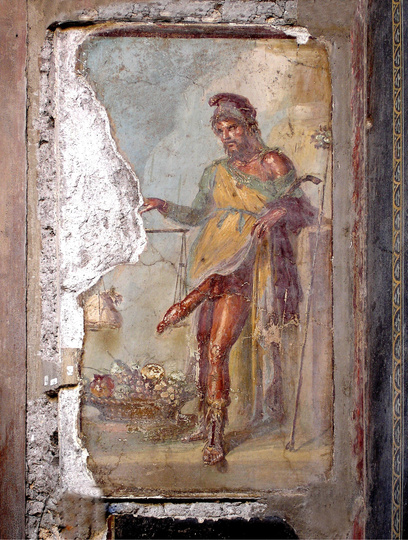
Next to the kitchen is another ambiguous room. According to the researchers, this is a "home brothel", which was common for the then Pompeian elite. Prostitution was legally allowed, although the workers were slaves or enslaved captives.
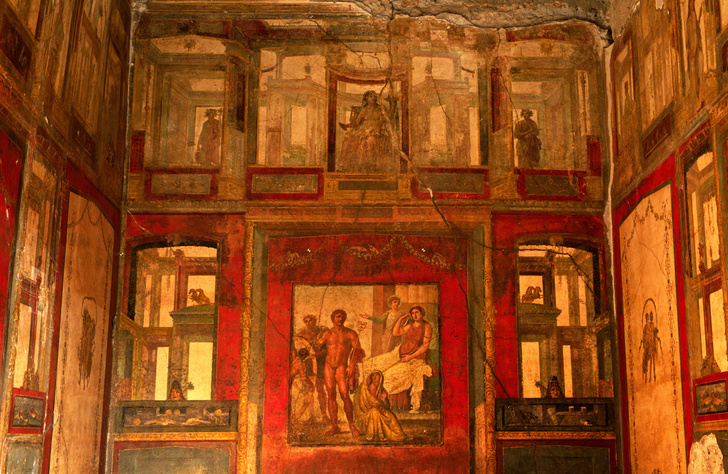
The walls of this room in the Vettii house are decorated with erotic drawings and preserved inscriptions with the name of a slave who worked there. From them it follows that Eutychia was "a Greek woman with excellent manners." Also nearby was an engraving with a list of her services and prices for them - from 1 to 16 asses.
Around the World https://www.vokrugsveta.ru/
